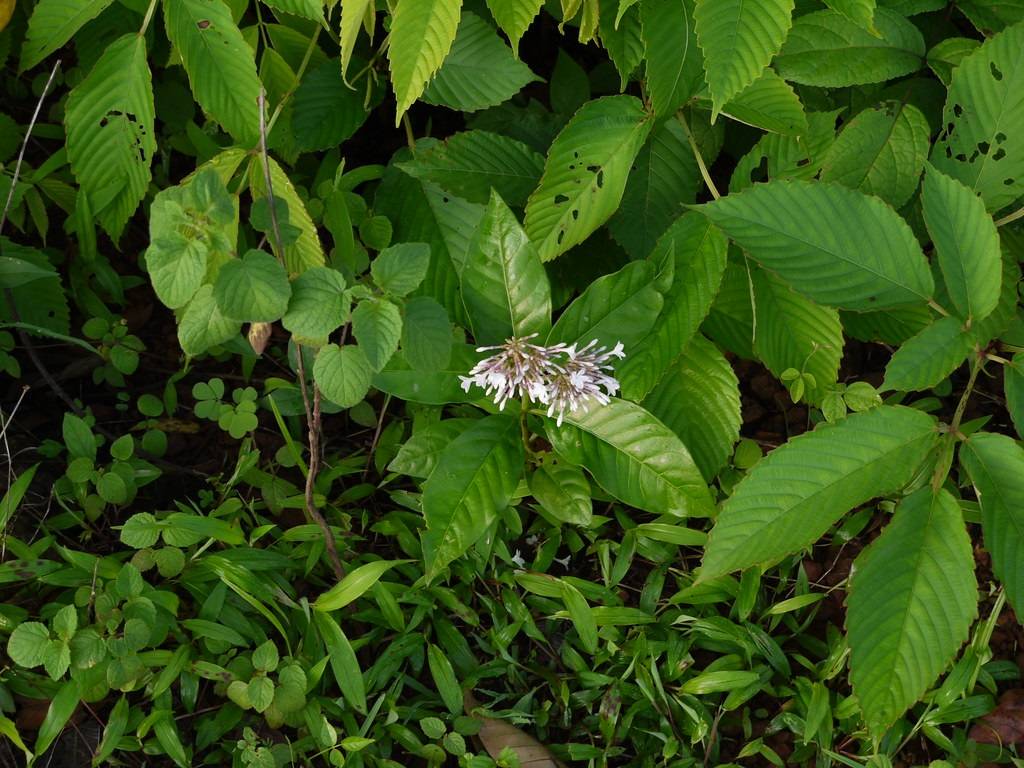
Sarpagandha is also known as 'Indian snakeroot’ It is a significant medicinal plant that is found in the Himalayan foothills. Sarpagandha is a vital crude drug used in making contemporary and ayurvedic medicines. Its roots have a distinct scent but are bitter in flavour and roots are used to make a variety of medications.
Wounds, fever, colic, urine retention, sleeplessness, hypertension, epilepsy, and insanity are all treated using Sarpagandha-derived drugs. This is a shrub that grows to a height of 0.3-1.6 metres. The leaves are 8-15cm long and oblong. Sarpagandha is grown mainly in Burma, Bangladesh, Malaysia, Sri Lanka, Indonesia, and the Andaman Islands. Uttar Pradesh is a major producer of the herb in India.
Soil And Climate Requirements
Sarpagandha may be grown in a wide range of soil types, from red lateritic loamy soil to sandy alluvial loamy soil, due to its hardiness. It produces the finest results when grown in soil that is rich in humus and nitrogenous substances, as well as organic matter, and has a strong drainage system. This can grow in moderately clayey or clay loamy soils. It thrives in soil with a pH of 4.6 to 6.5. Sarpagandha plantation thrives in humid, warm climates with plenty of shade. It requires 300 to 500 mm of yearly rainfall. This crop grows well in climates with temperatures ranging from 10°C to 30°C.
Land Preparation
Sarpagandha cultivation requires well-prepared field. Ploughing is done repeatedly to bring the soil to a fine tilth. Manures, nutrients, and growth promoters are applied to the land after it has been tilled and ploughed to enrich the soil.
Varieties
Jawahar Lal Nehru Agricultural University developed a Variety R.S.1. The varieties have seed viability of 50-60% and yield 10 quintals of dried roots per acre.
Time of Sowing
If propagation is done by seeds, then cultivation is done in April–June. If propagation is done by stem cutting, cultivation is done in June and if propagation is done by root cutting, cultivation is done in March–June, and if propagation is done by root-stump, cultivation is done in May–July. Use a 30 x 30cm spacing depending on the plant's growth habit.
Fertilizer Requirements
Apply FYM (Farm Yard Manure) at a rate of 8-10 tons per acre during land preparation and properly mix with the soil. As a basal dose, a N:P: K @8:12:12Kg/acre fertilizer dose is applied in the form of Urea@18kg, SSP@75, and MOP@20kg/acre. During the growing season of Sarpagandha, apply an 8kg nitrogen dose twice.
Plant Protection
Pest and their control
Pyralid caterpillar: Glyphodes vertumnalis is the parasite that causes the infection. Rolling of the leaves and defoliation of the leaves are the indications. It feeds on green leaves, causing damage to the leaves.
Pests are controlled by spraying Rogor at a concentration of 0.2 percent.
Diseases and their control:
Leaf spot: Brown-colored dots on the upper and bottom surfaces of the leaves are the symptoms. The leaf becomes yellow, then dries out and eventually falls off.
To manage the disease, a monthly application of Dithane M-45 @400gm/150ltr of water per acre is applied till November.
















